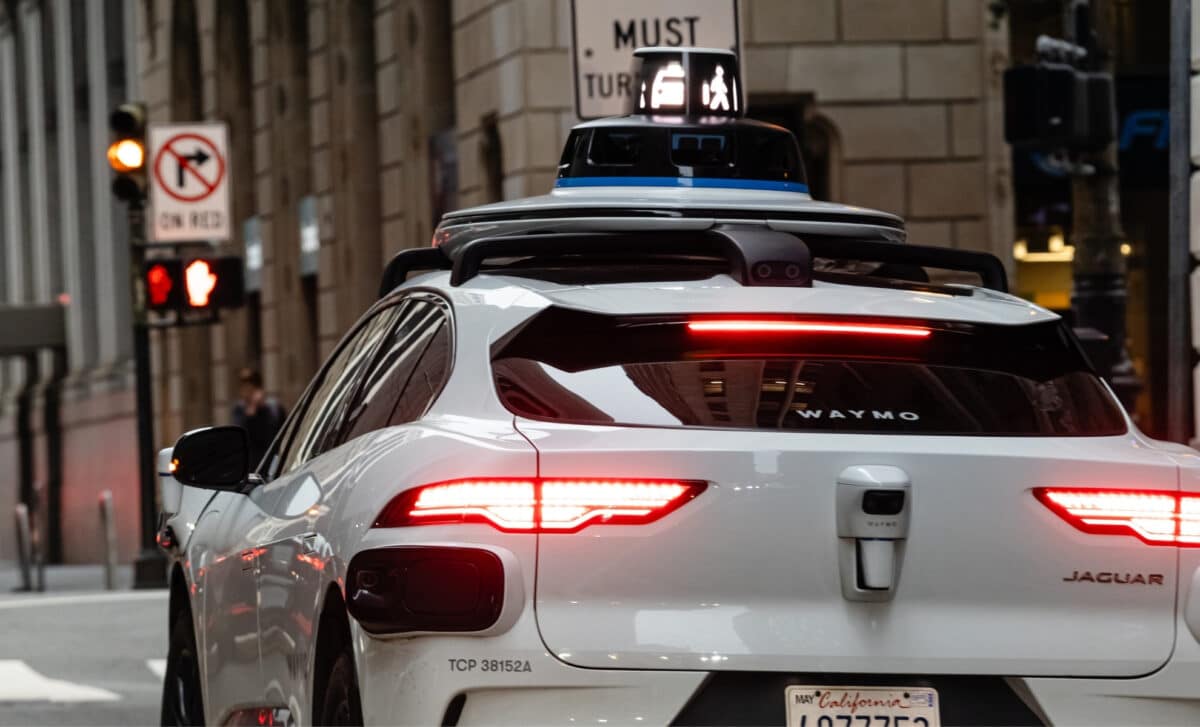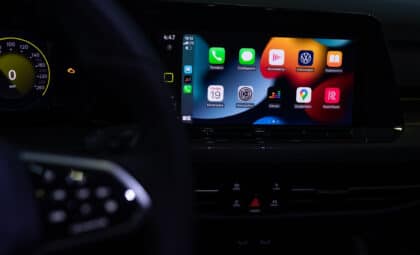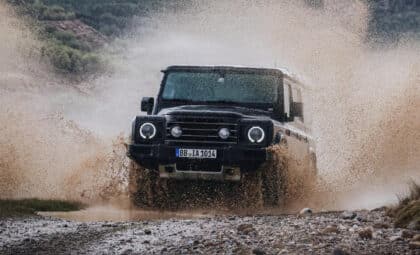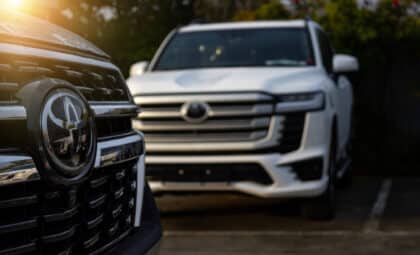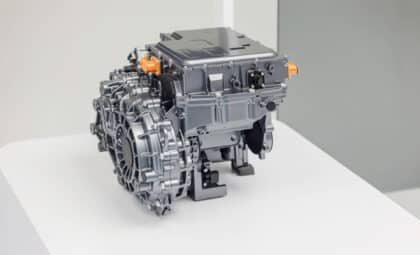After years of operating in warm, stable environments, Waymo is shifting toward snow-covered streets and freezing conditions. As it prepares to expand into cities like Washington, D.C. and London, the company is confronting the most complex challenge in autonomous mobility to date: making self-driving cars work when weather works against them.
Winter isn’t just a seasonal inconvenience—it’s a technical minefield. Snow buries lane markings. Ice throws off traction. Fog dulls sensors. For Waymo to compete globally and year-round, its robotaxis need to see, think, and react better than ever before—especially in cities where road conditions change by the hour. The company says it’s ready, but now it has to prove it.
Building an Autonomous Driver That Understands Winter
Waymo’s approach to winter isn’t just about hardware—it’s about understanding the complexity of what the company calls “a spectrum of conditions.” Snow isn’t one thing; it’s many. Visibility can drop in a whiteout, traction can vanish on black ice, and roads can disappear under slush or snowbanks. These aren’t just perception issues—they affect how the entire system behaves.
According to Waymo, the company has logged tens of thousands of miles in snowy regions like Michigan’s Upper Peninsula, the Sierra Nevada, and Upstate New York. The goal isn’t just exposure—it’s training. The AI behind the sixth-generation Waymo Driver learns to recognize what different winter surfaces look like, how they behave, and how to adjust accordingly. This includes slowing down on icy patches, altering braking patterns, and rerouting when snow buildup blocks a road.
To do this, the vehicle uses a mix of lidar, radar, and cameras, all working together to build a 360-degree picture of the environment. Each sensor type complements the others, and all are supported by a heated, automated cleaning system that clears ice, dirt, or snow from the lenses. The vehicles also act as real-time sensors, sending condition updates to other cars in the area—a kind of collective awareness that helps the system adapt on the fly.
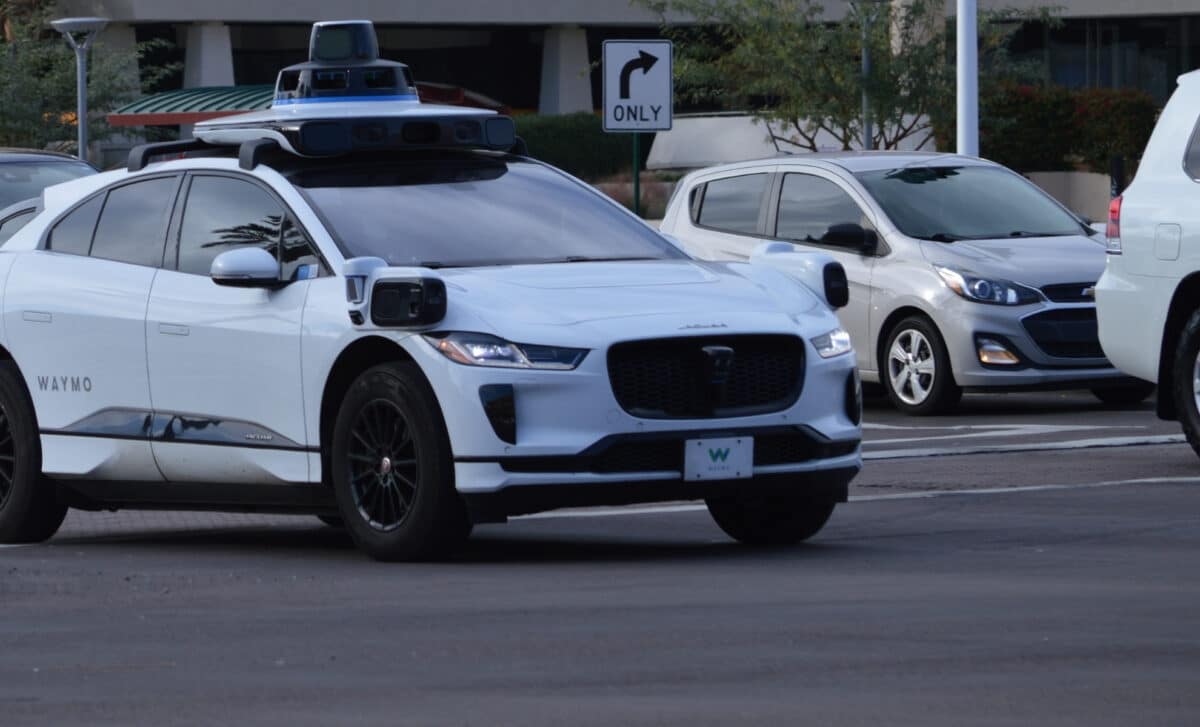
Structured Testing Beyond Sunny Cities
Until recently, Waymo’s operational zones—Phoenix, Los Angeles, and Austin—offered little in the way of cold-weather experience. That’s why the company has taken a new approach: combine closed-course testing, live street driving, and simulations to accelerate winter readiness.
Waymo’s blog explains how test sites in places like Detroit and Denver have provided year-round exposure to variable winter conditions, from light flurries to heavy snowstorms. These locations let engineers observe how the system behaves in real-world traffic, with real pedestrians and unexpected hazards. Meanwhile, on closed tracks, the Driver is pushed through rare but dangerous edge cases, like sudden loss of traction or snow-obstructed signage.
In parallel, the company uses simulation to stress-test its software in conditions that can’t be reliably recreated outside—such as extreme cold, visibility near zero, or rare snow events like the one that hit New Orleans. These scenarios help ensure that updates made to improve safety in one region don’t create failures in another.
As reported by Supercar Blondie, the current testing phase is critical. “This winter season is gonna be a really important season for us,” said Robert Chen, Waymo’s product lead for weather, in a statement to The Verge. That timing aligns with the company’s upcoming expansions, hinting that the results of these tests could directly shape its next steps.
Preparing the Fleet for Launch in Cold-Weather Cities
While the technology continues to evolve, Waymo is also working behind the scenes to make its service viable in snowy climates. That means more than just cold-resistant software—it involves changes to fleet maintenance, battery management, and route planning. According to Waymo, each vehicle is equipped with systems designed to operate in freezing conditions without sacrificing performance or safety.
The company’s blog outlines how operational limits are set based on local weather and road data. For example, if a route becomes unsafe due to accumulating snow or low traction, the vehicle will reroute or pause service. The goal is to ensure a predictable experience for riders—one that doesn’t depend on weather luck.
Plans for deployment in Washington, D.C. are already in motion. The capital sees multiple snow events each year, offering an ideal environment to validate the system’s winter performance in dense, urban traffic. Internationally, Waymo is also preparing to launch service in London, a city known for its damp, foggy winters.

